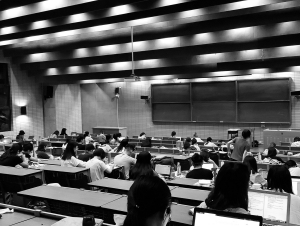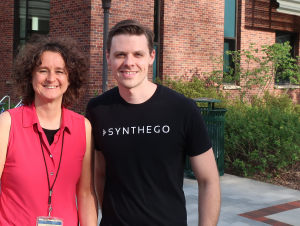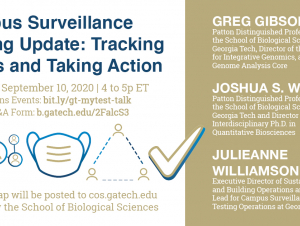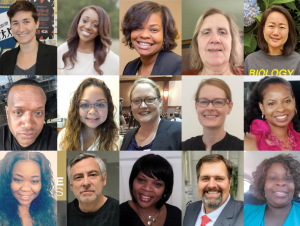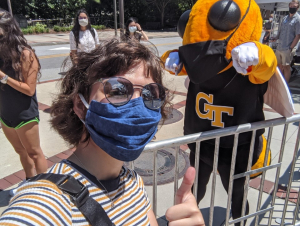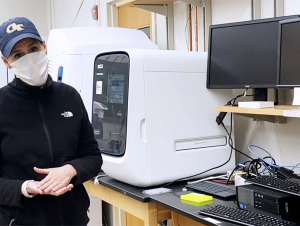To request a media interview, please reach out to experts using the faculty directories for each of our six schools, or contact Jess Hunt-Ralston, College of Sciences communications director. A list of faculty experts is also available to journalists upon request.
Latest News
School of Psychology researcher wins NSF subcontract for measuring AI’s effectiveness in classrooms, along with funding for a U.S. Air Force-related project studying team dynamics in training
Genomes are routinely subjected to DNA damage. But most cells have DNA repair systems that enforce genome stability and, ideally, prevent diseases like cancer. The trouble gets serious when these systems break down. When that happens, damage such as unrepaired DNA lesions can lead to tumors, and genomic chaos ensues.
Joshua Weitz, Greg Gibson and JulieAnne Williamson discuss campus cases and tracking, actions taken to date, and next steps for surveillance testing at Georgia Tech followed by open Q&A.
The first class of the College of Sciences Staff Advisory Council is named, with the goal of providing staff advocacy and advisory expertise to address immediate and long-term needs across the College and Institute.
Students and faculty discuss the science of campus surveillance testing, why they’re taking advantage of free weekly campus testing, and how the Georgia Tech community can help crush the curve on Covid-19 this fall.
In the spring and summer, an effort led by researchers across three Sciences schools created SARS-CoV-2 test kits that helped fill testing gaps across Georgia. Now, they're sharing that test kit recipe in the Journal of Biological Chemistry, which has selected the research as a September "Editor’s Pick".

